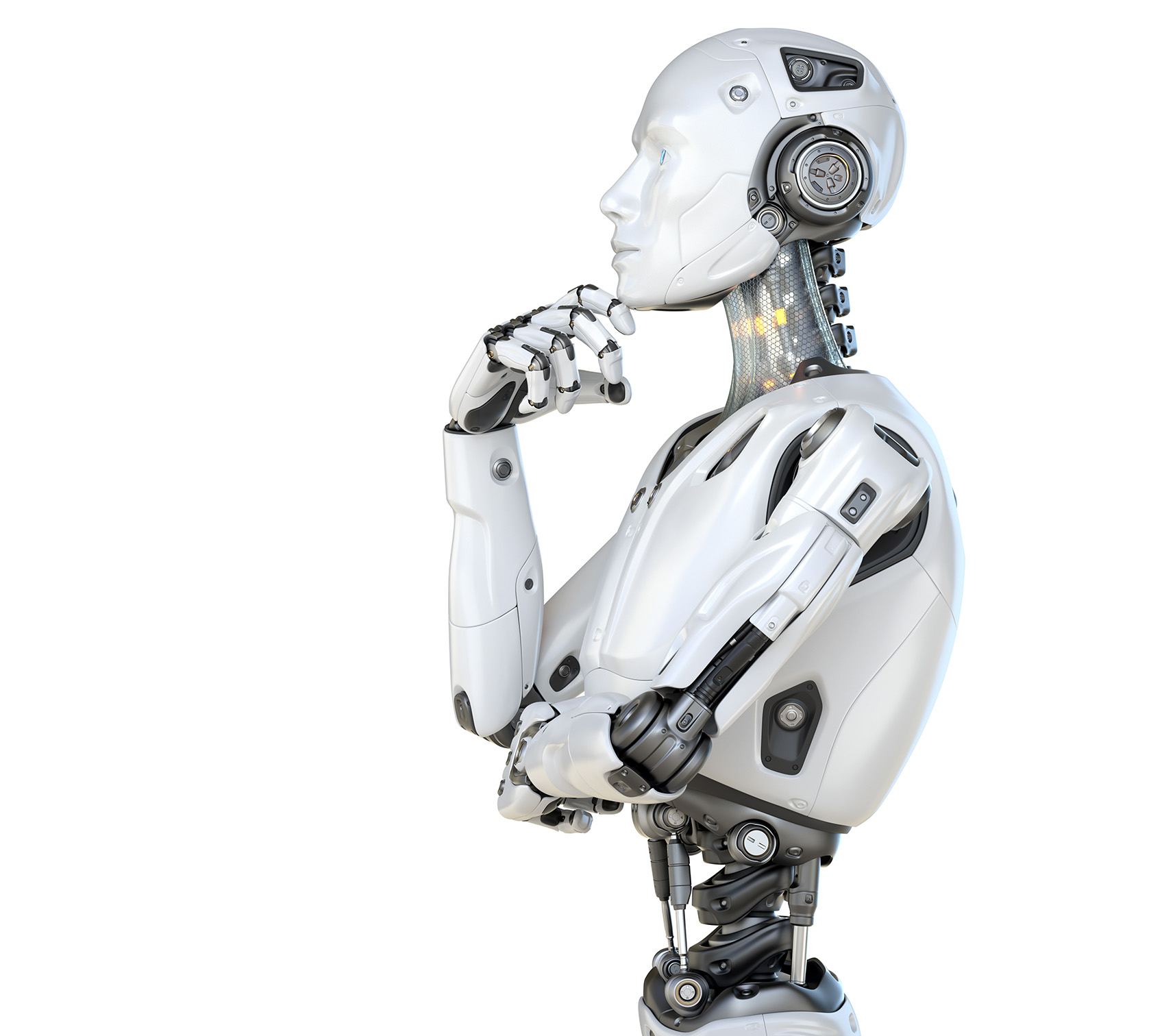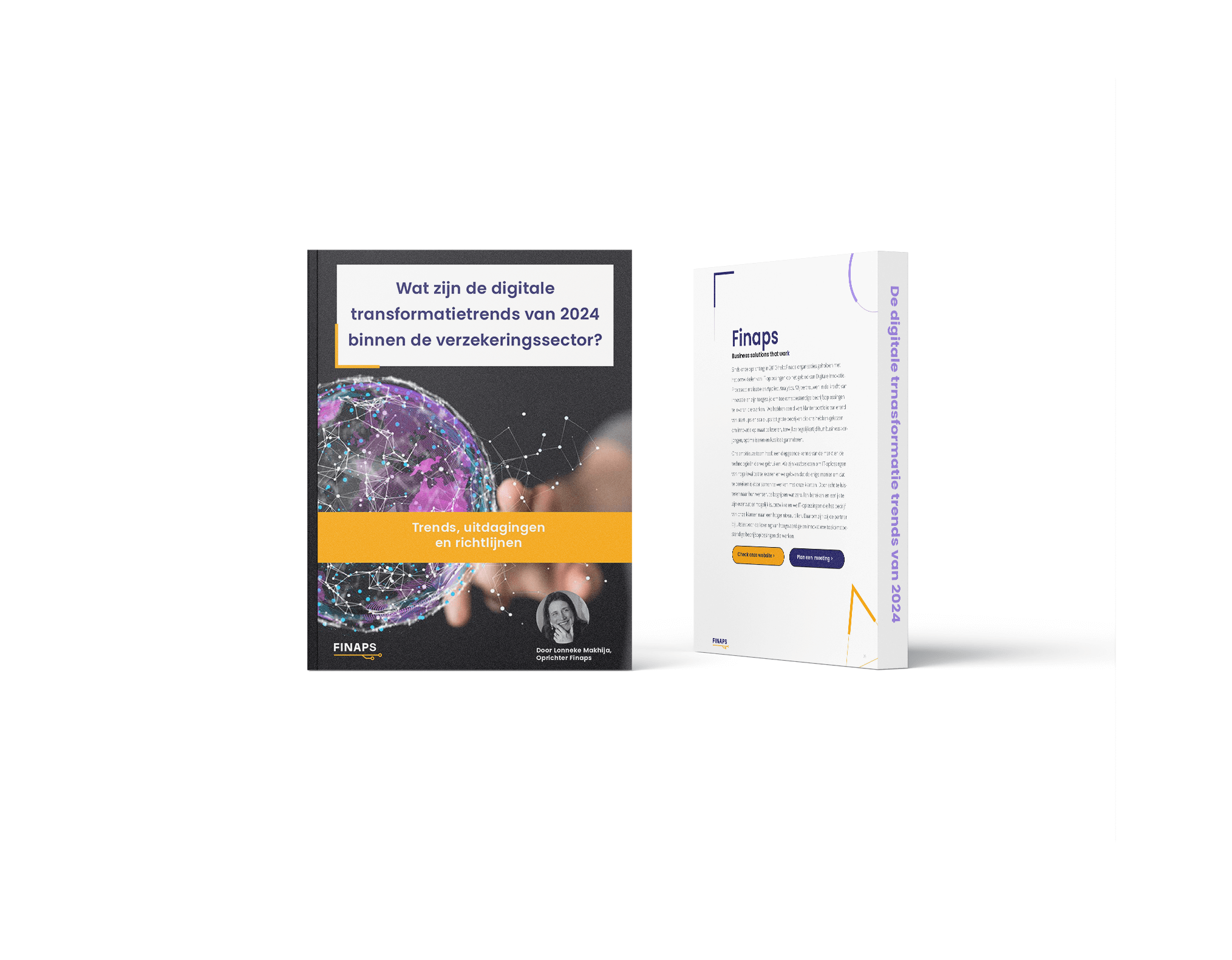
Using modern Quality Assurance techniques for Robotic Process Automation
Bridging the gap between a legacy IT strategy and a modern one
The answer you get to the question “What is the first thing you think of when I say: Robots” really depends on who you ask it to. Some think of the “Terminator films”. Others will think about the robots in a car manufacturer. Or at a Boston Dynamics robot attempting to do a backflip (and fail). But a small group, mostly digital process owners, will think about software robots. What are they? What are their benefits? And what are the modern trends within this area of automation?

What is Robotic Process Automation?
Robotic Process Automation (RPA) is a form of business automation. It has existed for decades. The key characteristic of RPA is that software “bots” mimic “human interaction on a graphical interface (GUI)” to automate repetitive tasks. The early forms of RPA are exactly what you would expect. A software bot runs on your, or any other computer. It moves the mouse cursor, click buttons, and fill in form fields for you. This all happens while someone is watching the bot do its job. Such a bot was is programmed by observing a human perform all the actions.
But times have changed, and RPA has evolved along with the software industry. The traditional image of looking at a screen where a robot is mimicking human behaviors is disappearing. New forms of business automation exist these days as well. Yet, the general idea of RPA still has a core place in many industries and automation strategies. Combining RPA with APIs, new software development and AI to automate end-to-end business processes. Modern RPA tools are still developed with this core idea in mind.
Benefits and drawbacks of RPA
But before we continue, let’s first look at the core benefits of RPA. Let’s dive in.
- RPA bots will provide consistent and reliable results, with a low chance of errors. This reduces the risks for any business on repetitive but intensive tasks.
- RPA is a lot cheaper compared to full software solutions for automation, but you lose the possibility of optimizing a process.
- Bots can act upon triggers without delay and can run 24/7. Combined with their reliable nature they are very cost-effective.
- Bots can do repetitive tasks with factual decision-making that do not need too much context. When used in high volume and the correct setting, it frees up a lot of time for employees to focus on non-repetitive or complex tasks.
Of course, there are also some drawbacks to RPA bots. Traditionally, their cognitive capabilities around factual decision-making are limited. Granted, modern tools have improved upon this, but it is still limited. Only recently with the surge of AI can RPA improve. However, including AI with RPA often required altering processes, or investing more in the technology. Both defeat other benefits of the technique. Improper use of RPA tools can create dependencies in your IT landscape that prevent modernization. Before you know it, you are dependent on RPA for more years than you intended.
How to use modern Quality Assurance techniques for RPA
Many RPA tools and platforms have matured throughout the years and expanded with techniques such as AI. But their incentive is to create a “lock-in” situation. They need specific development skills and additional infrastructure to operate on. But there is another path you can follow as an organization.
Quality Assurance (QA) in software development is an important field for many organizations. Agile software development teams use various techniques with different goals within the field of QA. One of these techniques is called “automated end-to-end (E2E) testing”. The goal of writing these tests is to guarantee before each release that certain critical user flows are still working as intended. In practice, it means that software developers write scripts that mimic human behavior. Sounds familiar, right? By choosing this route, you gain the benefits of traditional RPA tools, but add another set of benefits on top of them:
- Most gile software development teams already have the skills to create E2E scripts. The development of RPA scripts can be incorporated in the existing agile processes, by the existing teams, without the need for additional training.
- The entire bot-lifecycle can be incorporated in the standardized DevOps processes. From development, to deployment and management. Developers and IT administrators can work together. No additional skills or tools are required.
- Innovation can happen faster by the IT team that is also responsible for other development and innovation, as they own the entire IT landscape, and are not dependent on RPA vendors.

Is this RPA strategy a solution for your organization?
Let’s get straight to the point: RPA is not the right solution for everyone. When your core business is your digital product, or when you have a modern IT landscape, you will probably not need to look at RPA. Your entire organization already resolves around change coming from digital innovation. But, many organizations see IT as a supporting business capability. Those organizations often have an IT landscape existing out of disconnected legacy software, combined with modern connected software. An RPA strategy is interesting for those companies, whenever they are looking at:
- Automate tasks and processes, but have a limited budget to work with.
- Limited appetite for process and organizational change.
- Requires working with legacy software that lacks APIs.
Those are some traditional signals that RPA might be a good strategy for your organization in the short- or medium-term. But RPA is also a great short-term technique to introduce when your organization is looking to modernize its IT strategy. Incremental changes are introduced. This means that a new system is introduced for a part of a process or department, but the old systems are still operational. RPA is a golden opportunity to speed up your transition in three important ways:
- RPA opens the doors to connecting old legacy systems to the new systems automatically, without burdening your employees with new repetitive tasks.
- RPA can be used for data migration when the most cost-effective strategy is to “manually” type over information from one screen or another. This reduces the threshold for development teams to choose optimal data structures. Instead of working with dependencies and creating sub-optimal solutions.
- One common changeover strategy when replacing an existing system with a new system is to have them “run in parallel”. It means that employees have to do the same tasks in two systems, to build up the data in the new system, and to be sure the new system functions 100% correctly. RPA as a technique, if it already exists in your organization, can make a changeover strategy like this more cost-effective and less time-consuming.

Conclusion
Although RPA exists for a long time, it is seeing a new surge in popularity. More and more organisations and industries are facing difficulties around automation and modernisation. Especially when IT is seen as a secondary business capability, the benefits do not weigh up against the costs and risks. But falling behind in a digital World is dangerous as well. RPA can be a great strategy to bridge that gap.
If you want to know more about what is happening in the insurance industry and how technology is shaping its future, check out our blog series on navigating the digital transformation of the insurance industry by clicking the button below!



